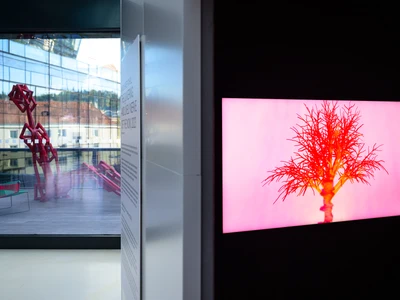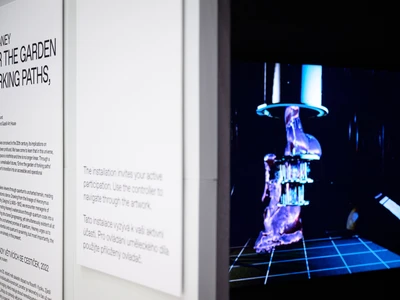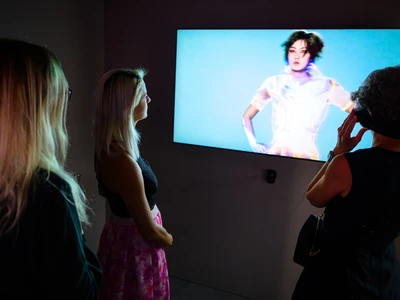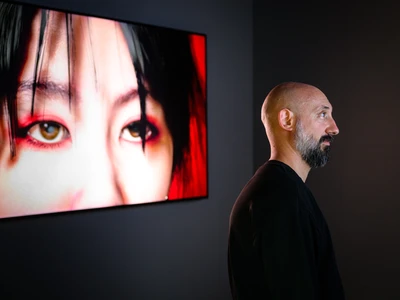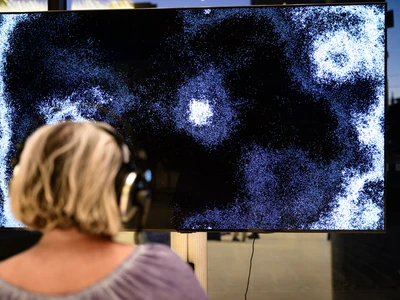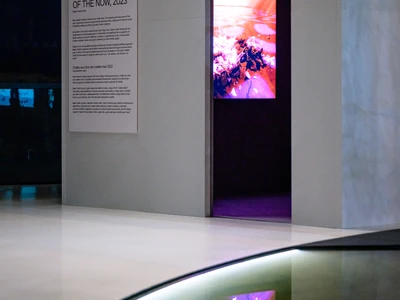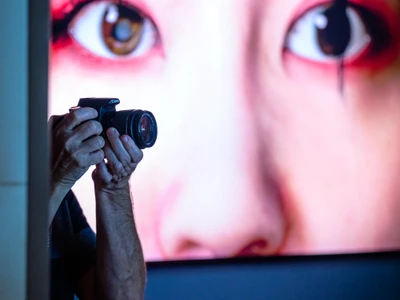Synesthetic Immersion
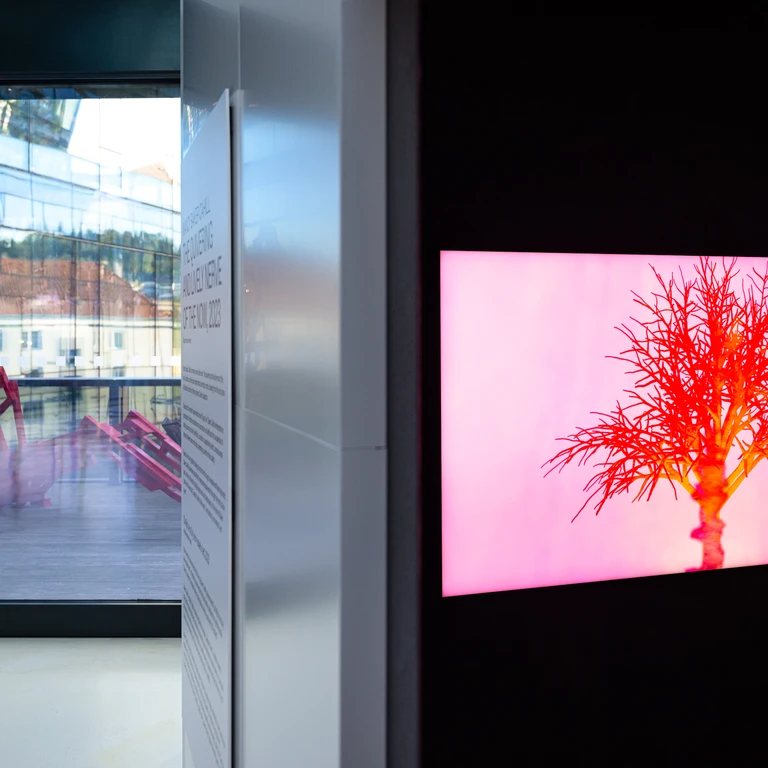
Eight artists working in the field of new media took part, transforming one artistic form into another through radical interdisciplinary technologies. Centred around the concept of synaesthesia (Greek for "unified perception"), the exhibition explored how traditional modes of artistic expression have evolved into digital formats for the contemporary age. Visitors could witness how input perceived by one sense transformed into output in another—where colour might become sound, or an artwork might evoke a direct physical sensation.
Carsten Nicolai’s “Aoyama Space” series originated from an architectural encounter. A photography studio in Tokyo’s Aoyama district transformed in his eyes from a mundane location into an enigmatic concave space with no boundaries.
Dílo “Cells: A Generation“ Daita Manabeho pokračovalo v jeho jedinečné fúzi biologie a uměleckého vyjádření a přetváření krysích mozkových buněk na umění. V jeho experimentech se krysí neurony učí kreslit obrázky v reakci na své prostředí.
In “DOKU: Hello World”, Lu Yang introduced a mysterious alter ego. Doku emerged from the interplay of cutting-edge CGI, choreographed motion capture, and 3D facial scanning.
Japanese audiovisual pioneer Ryoji Ikeda presented “data.gram 14”, the product of a decade of research and innovation. Through minimalist electronic composition, he conveyed the idea that lies at the heart of digital art: the sublime nature of technology itself.
In “Transient Suite #B”, Quayola—collaborating with musician Seta—introduced a new concept of audiovisual concert, blending bespoke software with human interaction to create a sequence of projected images generated through sound.
Visionary in robotics and performance art, Sougwen Chung began her “Ligatures” series in 2021 as a meditation on the future of sculpture. In AR, each sculpture began with a single drawn line. Gesture by gesture, that line evolved, forming new shapes through a kinetic choreography of motion.
Nancy Baker Cahill’s immersive video artwork “The Quivering and Lively Nerve of the Now” was a three-part experimental film cantata based on the lyrical prose of Clarice Lispector, the groundbreaking Brazilian writer of the mid-20th century. Inspired by Lispector’s novel Água Viva, Baker Cahill offered her own interpretation of the author’s meditations on automatism and selfhood as a reaffirmation of bodily autonomy and self-awareness.
Libby Heaney, in “Ent”, explored the early transformation of the quantum world into an accessible and operational technological mode through a living landscape of speculative futures. Inspired by Hieronymus Bosch’s The Garden of Earthly Delights, Heaney animated her watercolour hybrids with quantum code, creating a tableau of layered, quivering structures.
At Artium, architectural cubes isolated sound and light for each artwork, immersing visitors in microcosms of 4D experience. The exhibition design spiralled inward from the entrances, occupying the entire space. At its architectural centre stood a sculpture in augmented reality by Sougwen Chung.
0xCollection je umělecká sbírka a iniciativa se zaměřením na digitální umění, nová média a časová média sídlící ve švýcarské Basileji, jejímž cílem je rozvíjet digitální umění v přítomnosti pro budoucnost.
Curator of the exhibition: Elle Anastasiou
